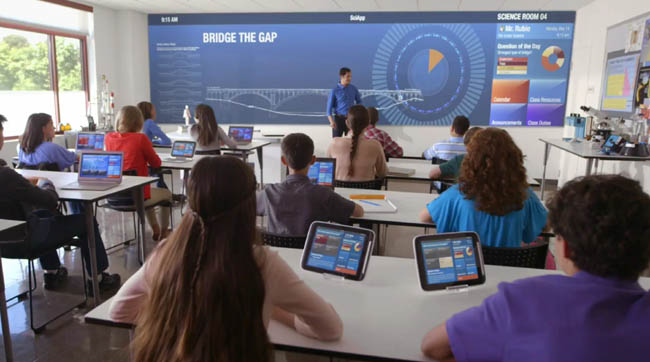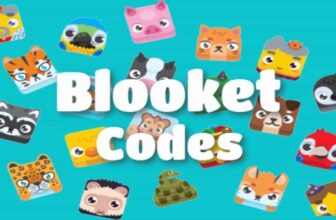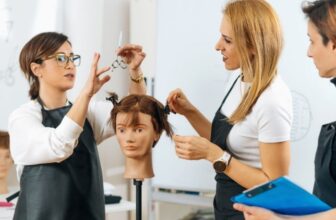
The education system has huge possibilities for a change in the future and this is evident presently with newer techniques making their way into the classrooms. With the growing reliance on technology, the classrooms of the future are gearing up to change.
At present we have smart classes, where the blackboards or even for that matter, the whiteboards have been replaced by projectors and computer screens. The teachers are bringing innovative techniques and ideas into the classrooms, encouraging the students to take an active part in the process of learning.
Newer technologies are being developed each day and someday in the future, these would be a standard for learning science, math, and engineering.
Here are some technologies that would change the future classrooms:
1. Paper-Free Classes
With laptops, iPads, and other such devices being used, the classrooms of the future would be paper-free. Tablet computers and laptops are set to become cheaper and therefore, they would be used extensively instead of textbooks and notebooks.
Lessons and exams would be given online, making it easier to keep the classes and the environment clean. It would be easy to maintain records and portfolios that can be used to assess the progress of the students. This is something that the australian institute of information technology has been observing, and has proven to be more efficient and effective.
2. Reality Eye-wear
The rumors of augmented reality eye-wear to be released soon are making the rounds of the technology sites. The augmented reality eye-wear would layer data additionally on the reality that is seen.
Its use in the classrooms would mean that students would have figures coming out of textbooks virtually and explaining the text. This would be an exhilarating experience for the students.
3. Touch Surfaces
The concept of multi-touch surfaces such as desks is being worked upon. These desks are worked on to be developed as surfaces where real-time data could be manipulated and changed for various purposes.
Such desks in classrooms would mean that students would be able to collaborate with other students from around the world, and have access to virtual tools, streamed videos, millions of resources, and virtual objects with a swipe of the desk.
4. Biometrics
The technique of biometrics is not new and has been in use. However, it is its use in the classroom that seems exciting. The technology in the future could be used to assess the emotional and physical condition of children studying in the class.
The technique could be used to alter the course material and teaching pattern as per the biometrical signals obtained from the students. Physical and behavioral traits could be monitored to know when the students need assistance.
While these techniques would change the future of the classrooms, it is important to understand that they must be implemented under strict guidance and understanding. The techniques might be appearing far-fetched for now, but they are not impossible to implement.
At present, you might find it difficult to imagine that data would be collected from children subconsciously while they are learning. However, would you have imagined uploading your personal photos and videos or entering personal information into a large database for the world to see, a decade ago?
5. Remote Classrooms
With laptops and computers coming down at price (thinkRaspberry Pi), more and more people can afford to have technology at home that will allow them to video into the classroom. This will help people save a lot more time in terms of commuting and also will allow people that may not be able to make it to the classroom due to a physical disability.
The classroom of the future is one that will break down barriers and will allow more efficient learning for many more students that do not currently get it.
Written by Edwin on behalf of plctechnician.com – one of the top PLC programs out there that you can do by distance learning.




